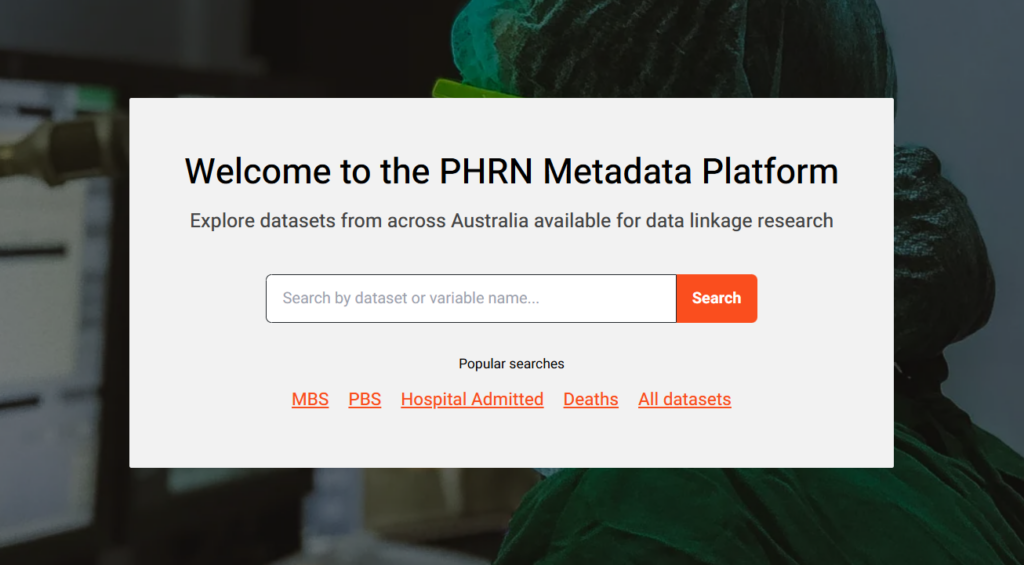Types of data
What types of data can be linked?
Any data can be linked with the appropriate linkage variables such as name, address, date of birth and sex. The types of data most commonly linked for health and health-related research include:
Administrative data
Administrative data is information that is collected as part of service delivery. The collection of this information, or data, is generally required or authorised by law and therefore includes the entire population accessing the service. Administrative data is less detailed than the service records generally collected and maintained by individual service providers.
Examples
Birth records, hospital admission data, prescription data, medical benefits data, aged care data, disability, child development, child protection, justice (including courts and police.
Key features
“Very important research can be conducted with data collected for purposes other than research.”
Adams C, Allen J, Flack F. Sharing linked data for health research: toward better decision making. Cambridge University Press; 2022 Jun 9
Note: As administrative data are not primarily collected for research purposes, administrative datasets may contain inconsistent, inaccurate, or incomplete data that vary in structure, format, and content.
Clinical data
Clinical data includes detailed patient records collected and used by health professionals during the provision of patient care.
Examples
Medical notes, pathology results, imaging – for example, X-ray, CT scans – and other health test results
Key features
Clinical registry data
Clinical registries systematically collect health-related information, within an overall governance and management structure, on individuals who are:
Note that a clinical quality registry (CQR) includes patient data and service information collected and used for the purpose of measuring the quality of healthcare.
Examples
Australian Stroke Clinical Registry, The Australia New Zealand Trauma Registry, Australia and New Zealand Dialysis and Transplant Registry (ANZDATA).
Key features
Project-specific data
Governments and other entities such as research organisations may collect information from time to time for a particular purpose, such as a survey of health behaviours or a specific research project.
Key features
Routinely linked datasets
Datasets are often characterised by whether they are routinely linked.
Routine linkage
This occurs where governance approvals allow a Data Linkage Unit (DLU) to routinely link a data collection at an agreed frequency (e.g. monthly).
Ad hoc linkage
This occurs where datasets are linked on a project-by-project basis.
Examples of routinely linked datasets
These datasets can be linked within and across jurisdictions.

Linked data assets
Linked data assets (or systems) integrate routinely linked datasets, making it easier for researchers to conduct complex cross-sector and cross-jurisdictional research.
The PHRN supported the development of linked data assets including the National Health Data Hub (NHDH), the National Disability Data Asset (NDDA) and the COVID-19 Register.
Metadata Platform
Explore datasets and linked data assets in our Metadata Platform.
